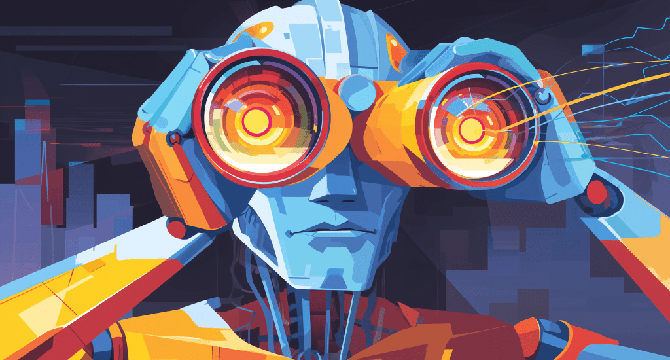VentureBeat
1M
374

Image Credit: VentureBeat
New fully open source vision encoder OpenVision arrives to improve on OpenAI’s Clip, Google’s SigLIP
- The University of California, Santa Cruz has introduced OpenVision, a new family of vision encoders that aims to enhance existing models like OpenAI's CLIP and Google's SigLIP.
- Vision encoders convert visual content into numerical data for non-visual AI models, facilitating tasks such as image recognition within large language models.
- OpenVision offers 26 models with parameters ranging from 5.9 million to 632.1 million under the Apache 2.0 license for commercial use.
- Developed by a team at UCSC, OpenVision leverages the CLIPS training pipeline and Recap-DataComp-1B dataset for training.
- The models cater to various use cases, with larger models suitable for high accuracy tasks and smaller ones optimized for edge deployments.
- OpenVision demonstrates strong performance in vision-language tasks and outperforms CLIP and SigLIP in benchmark evaluations.
- The training strategy of progressive resolution training leads to faster training with no loss in performance in high-resolution tasks like OCR.
- The use of synthetic captions and text decoder during training enhances the semantic representation learning of the vision encoder.
- OpenVision facilitates integration with small language models for efficient multimodal model development with limited parameters.
- The open and modular approach of OpenVision benefits AI engineering, data infrastructure, and security teams by offering a plug-and-play solution for vision capabilities.
Read Full Article
22 Likes
For uninterrupted reading, download the app